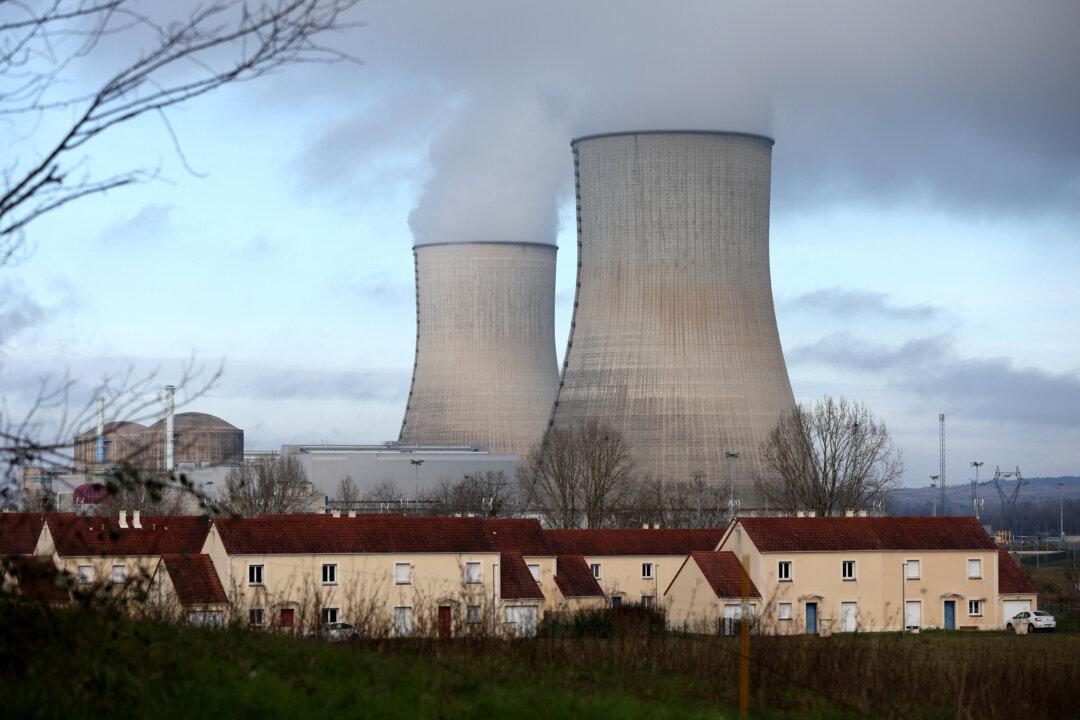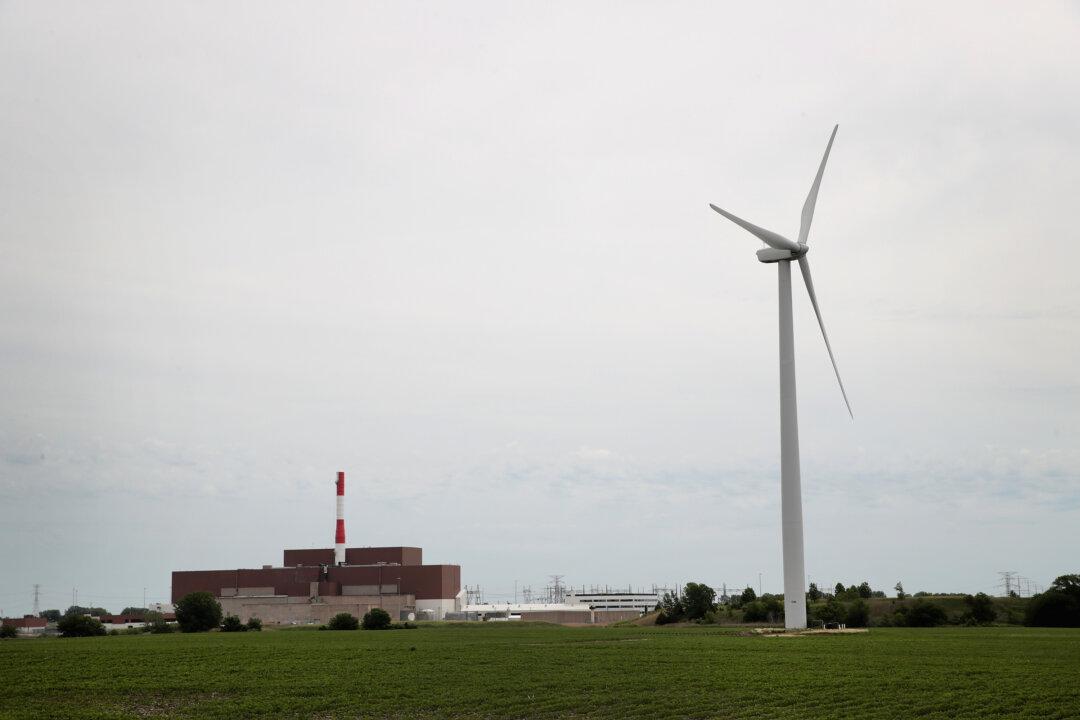Homebuilding approvals across Australia plummeted in January 2022 due to a higher level of absenteeism and a slower administration process caused by the adverse effects of the COVID-19 Omicron variant.
More specifically, both private sector houses and the more unstable “other dwellings” category witnessed a sharp fall in the number of approvals in January.
While private sector housing approvals dropped sharply by 17.5 percent to 8,712, other dwellings slumped 43.6 percent to 4,007.
Victoria appeared to be the worst affected state, with a fall of 18.6 percent in the volume of private houses approved and another plunge of 35.5 percent in other forms of dwellings.
“The absence of council workers, private certifiers and building business staff will have weighed on the ability to process approvals,” he said.
“There are no indications that home building activity is facing weak demand any time soon, despite temporary interruptions from the Omicron outbreak in January.”
Devitt also expected that the construction sector would witness an above-average volume of approvals in the coming months as the impact of this disruption receded.

In the meantime, construction activity started to improve in February after the peak of the Omicron variant outbreak.
Peter Burn, the chief policy advisor of the employers’ organisation Australian Industry Group, said the construction industry saw a healthy improvement in new orders. Additionally, the declining pace in supplier deliveries also reduced, although difficulties in supply chains persisted during the month.
Meanwhile, the Australian economy was showing signs of a more robust recovery from last year’s Delta variant lockdowns in the early months of 2022 as the export sector was thriving and the construction industry started to grow again.
“Omicron has not derailed our economy,” Treasurer Josh Frydenberg told ABC radio on March 3.
Frydenberg said that consumer spending in the first two months of 2022 was four percent higher compared to last year as issues involving workforce absenteeism subsided.
“We’ve seen business conditions improve, business confidence come back, and jobs ads are still more than 30 per cent higher than at the start of the pandemic,” he said.





